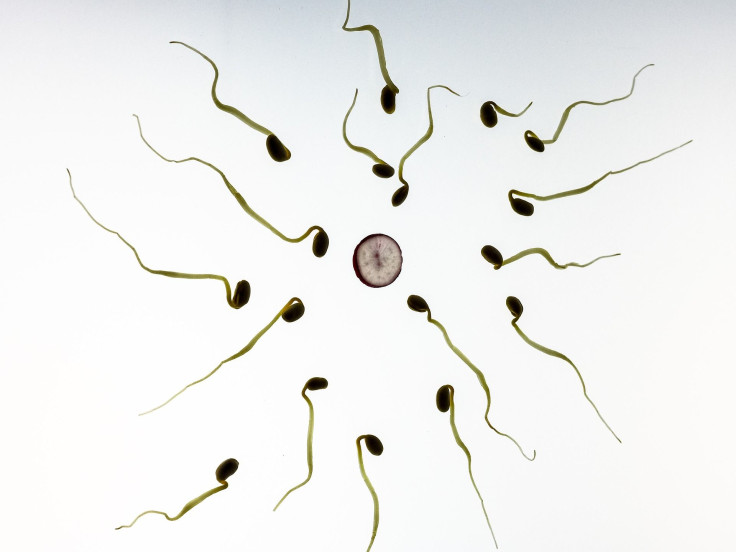Medical Breakthrough Could Allow Gender Selection Within Sperm

It’s a major breakthrough in the biology of reproduction, whichever way one looks at it.
Japanese scientists have developed a process where sperm can easily be segregated into male and female, a first-of-its-kind and a historic breakthrough with the potential to greatly simplify sex selection in humans. This breakthrough, which will allow parents more freedom to select the sex of their unborn child, carries with it “disruptive social consequences” when applied to people, however.
What the Japanese scientists developed is a new and easier way to choose the sex of offspring by separating X and Y sperm, a task heretofore considered complex and cumbersome. The process was set out in a paper written by Masayuki Shimada and colleagues at Hiroshima University. The study was published Aug. 13 in the open-access journal, PLOS Biology.
The study described a simple, reversible chemical treatment that can segregate X-bearing sperm from Y-bearing sperm. This capability allows for a dramatic alteration of the normal 50/50 male/female offspring ratio.
The procedure developed by the Japanese team carries the promise of greatly simplifying sex selection for either in vitro fertilization (where sperm and egg join in a lab dish) or artificial insemination (where sperm are implanted into the female reproductive tract).
These techniques are used widely worldwide in human assisted reproduction and in the agricultural animal breeding field as well. Performed in mice, the technique will likely be widely applicable to other mammals as well as humans, said the study authors.
"The differential expression of receptor genes by the two sex chromosomes provides the basis for a novel and potentially highly useful method for separating X and Y sperm and we have already succeeded the selectively production of male or female in cattle and pig by this method," according to Shimada.
"Nonetheless, use of this method in human reproductive technology is speculative at the moment, and involves significant ethical issues unaffected by the utility of this new technique."
An X and a Y chromosome are both present in most cells from male mammals. However, the X and Y chromosomes are segregated into different cells during spermatogenesis or sperm development.
The result is that an individual sperm will carry either one or the other. An X chromosome will give rise to daughters and a Y chromosome to sons.
The Y chromosome carries very few genes while the X chromosome carries many. Some of the latter remain active in the maturing sperm. The study said the difference in gene expression between X- and Y-bearing sperm provides a theoretical basis for distinguishing the two.
The authors found some 500 genes are active only in X-bearing sperm. Of this number, only 18 genes encoded receptors. This made them good candidates for manipulating the sperm because of their functions in response to ligand stimuli.
Researchers focused on a pair of receptors called Toll-like receptor 7 and 8 (TLR7/8). They found a chemical that bound to the receptors slowed sperm motility without impairing either sperm fertilization ability or viability.
They found this effect was due to impaired energy production within the sperm. This impairment could be reversed by removal of the chemical from the medium.
Published by Medicaldaily.com



























